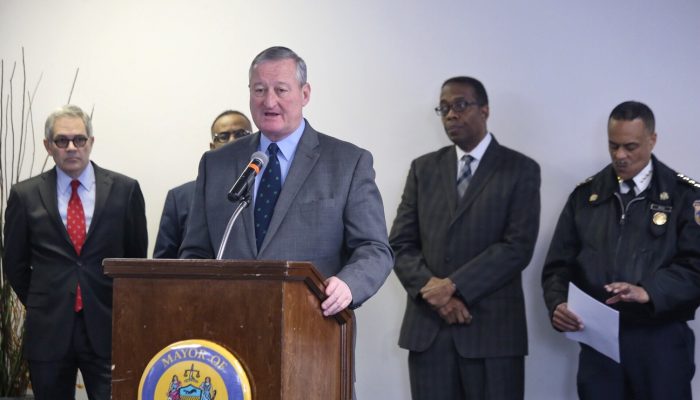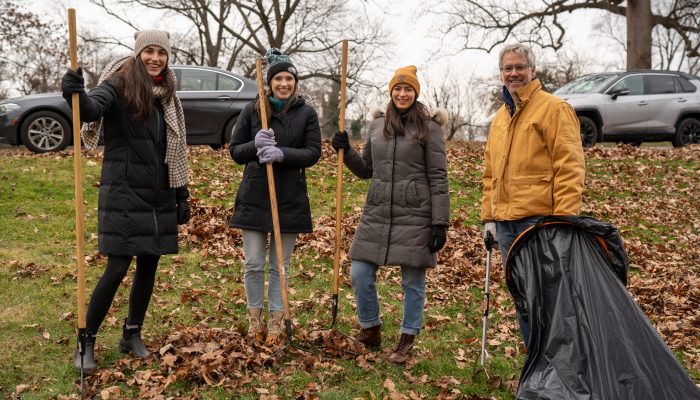The City of Philadelphia recently launched Police-Assisted Diversion (PAD), an important tool in the City’s multi-pronged effort to reduce incarceration, lessen racial and ethnic disparities in the justice system, and fight the opioid epidemic.
What is Police-Assisted Diversion (PAD)?
PAD is a collaborative partnership among police officers, service providers, and community members. Through this initiative, police officers redirect low-level offenders to community-based services. Low-level offenses include drug and prostitution activity. Instead of prosecution and jail, offenders are offered connections to services.
Traditionally, when a police officer encountered someone struggling with a substance use disorder, they could either make an arrest, or release the individual without discussion about additional resources available that could help them.
Thanks to the City’s criminal justice and public health partners, Philadelphians now have a third option that will help people get treatment while safely reducing the prison population.
What are the goals of PAD?
PAD is one of 19 initiatives under the City’s Safety and Justice Challenge effort, funded by the MacArthur Foundation. The Safety and Justice Challenge goal is to safely reduce the prison population by 34 percent over three years and reduce racial and ethnic disparities in the justice system. Since 2015, the City has seen a 28.5 percent decrease in the prison population. PAD will serve as a way to safely divert participants from unnecessary jail time.
Where is PAD available in the City?
Currently, PAD is operating in the 22nd police district with plans to expand into the 39th police district.
Who are the partners involved in PAD?
PAD is a collaborative effort between the Philadelphia Police Department, Temple University Police Department, Managing Director’s Office of Criminal Justice, District Attorney’s Office, Department of Behavioral Health and Intellectual disAbility Services, Defender Association of Philadelphia, Adult Probation and Parole Department, and local service provider, the Council of Southeastern Pennsylvania.




